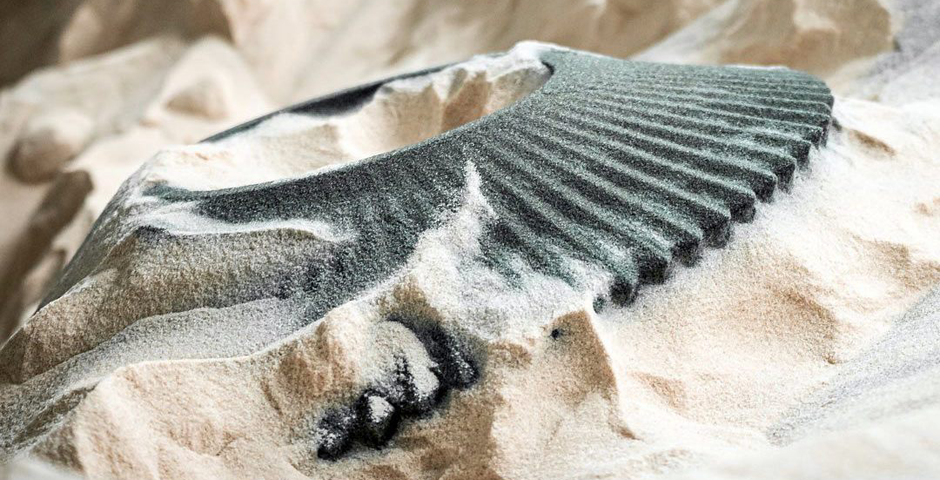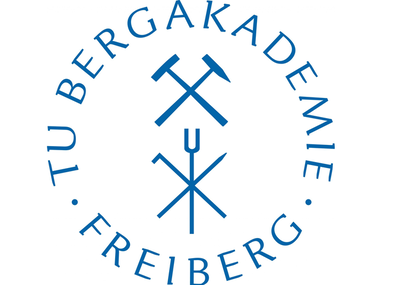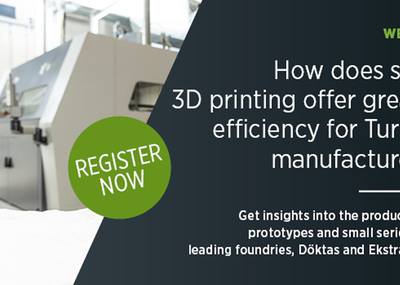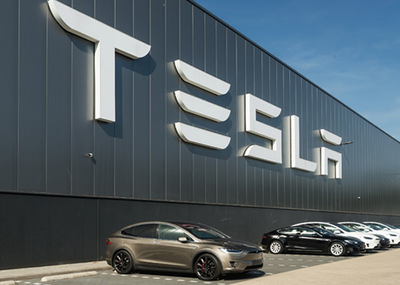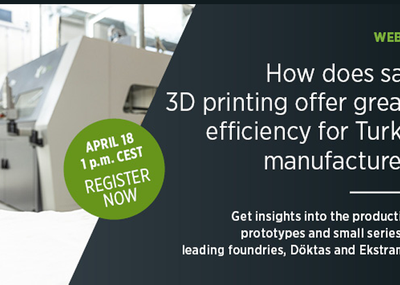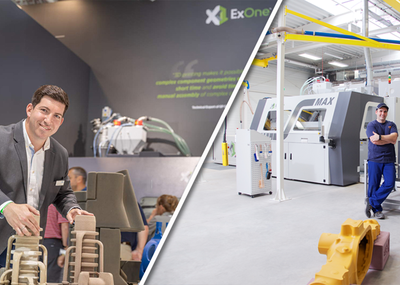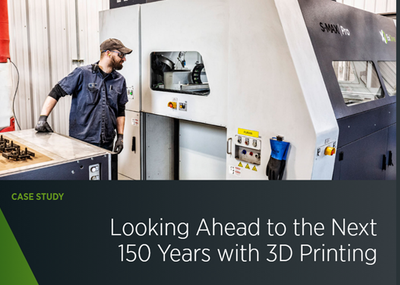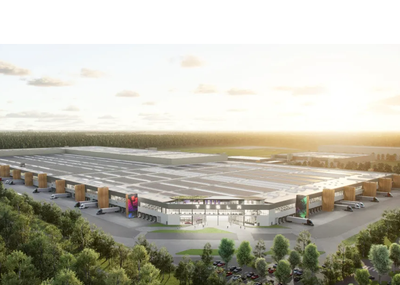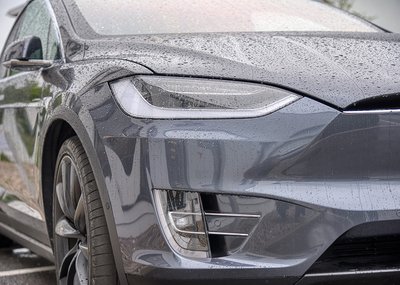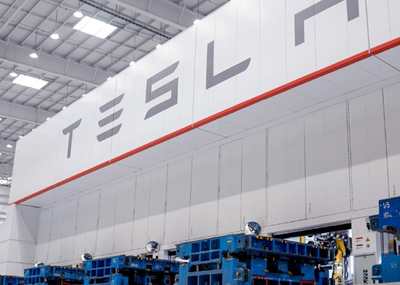Anyone remotely familiar with 3D printing technology knows its biggest appeal: the ability to design and prototype multiple iterations of a part quickly and at low cost. It seems Tesla, known for its disruptive approach to solving production challenges, has not been blind to these advantages. Recently, we reported about its new ‘gigacasting’ process, which involves casting large, complex car parts as a single piece, instead of stamping and assembling it in several complex and costly steps. The information revealed by the sources behind this news also details the challenges of implementing the new process, and it appears that 3D printing is at the very heart of the solution.
The reason manufacturers avoid casting large parts is that the sand molds required are prohibitively expensive to develop, costing up to 4 million dollars each, and with every modification adding another US$100,000. According to the sources, Tesla has been exploring a 3D printing technique called binder jetting to develop these molds. In a binder jet printer, industrial sand is spread on a tray and a liquid binder is selectively applied layer by layer according to the digital design, resulting in the complete 3D shape. This is similar to selective laser sintering (SLS), except that a binder agent is used instead of melting to turn the powder into a solid shape.
Each print takes mere hours, which means prototypes can be tweaked as many times as needed, and the cost of the entire design validation cycle is just 3% that of the conventional method. It also cuts the overall development time from up to a year to two or three months. Tesla plans to leverage another important strength of 3D printing, the possibility of greater complexity in the model, since large structural parts often feature hollow voids to reduce weight and improve crash-performance.
Notably, BMW and Cadillac have already incorporated binder jetting into their development pipeline, using printers from Voxeljet. Similar machines are offered by Desktop Metal’s ExOne. While significant challenges remain in bringing gigacasting to the factory, with Tesla still working out the details, it’s safe to say that 3D printing continues to facilitate innovation across industries in new and unexpected ways.

